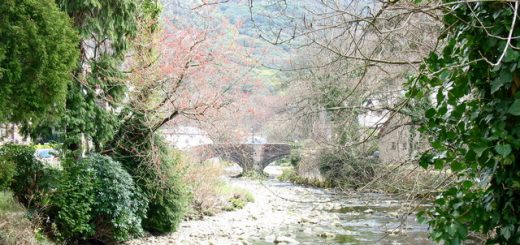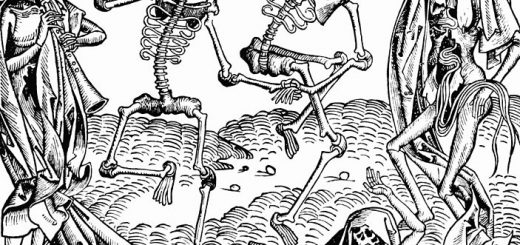John MacInnes And The Each-Uisge
According to Mr. J. Calder Ross in ‘Scottish Notes and Queries’ (1893) “John MacInnes found the labour of his farm sadly burdensome. In the midst of his sighing an unknown being appeared to him and promised a horse to him under certain conditions. These conditions John undertook to fulfil. One day, accordingly, he found a fine horse (a Each-Uisge, or water horse) grazing in one of his fields. He happened to be ploughing at the time, and at once he yoked the animal to the plough along with another horse. The stranger worked splendidly, and he determined to keep it, though he well knew that it was far from canny. Every night when he stabled it he spread some earth from a mole’s hill over it as a charm; according to another version he merely blessed the animal. One night he forgot his usual precautions: perhaps he was beginning to feel safe. The horse noticed the omission, and seizing poor John in his teeth, galloped off with him. The two disappeared in the loch.”
The loch in question is said to be referred to as John Maclnnes’ Loch or Loch Iain Mhic Aonghuis. James Mackinlay, in his ‘Folklore of Scottish Lochs and Springs’ (1893) places this body of water six miles from the (Kirkton of) Glenelg and another source suggests it is at the junction of Glen Beg and Glen More.
•




Re: John MacInnes And The Each-Uisge
I cannot guarantee that the map shows the correct associated with the story, though it is between Glen Beg and Glen More.